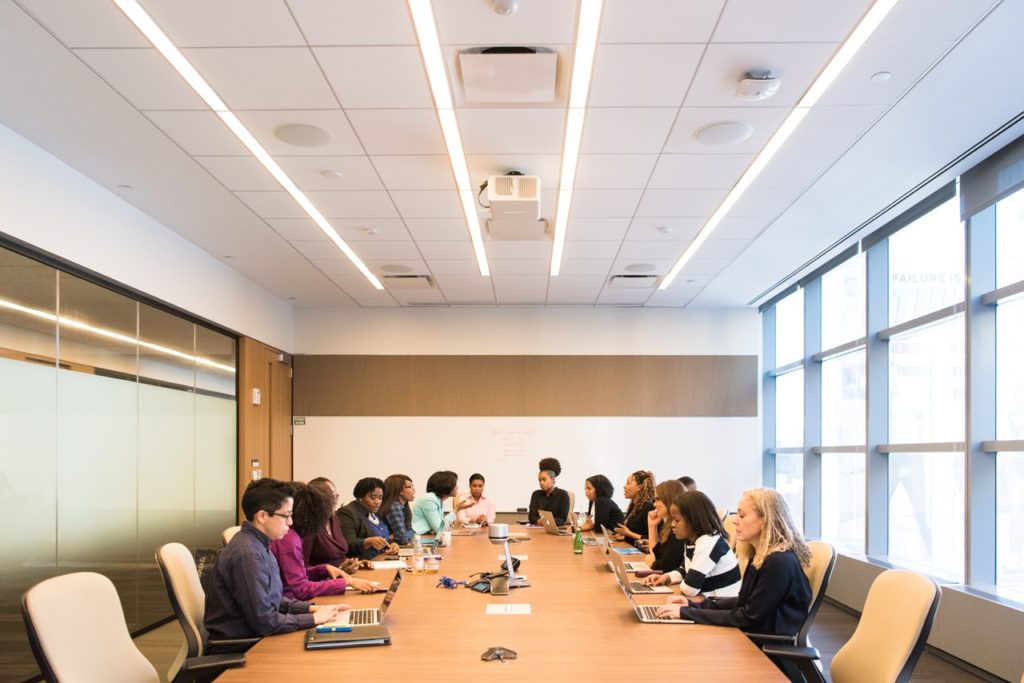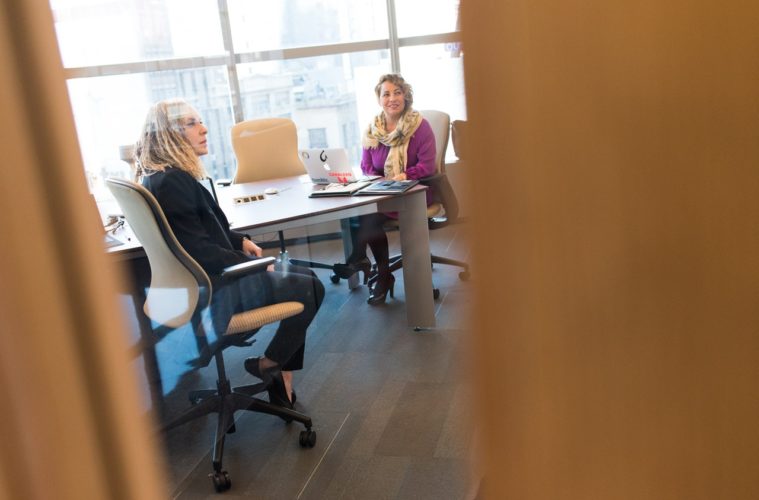Workplace injuries can cost your business a lot of money – from a loss of working days to personal workplace injury claims made from your employees. In 2016/17, there were 137 workers killed due to a work-related accident. In 2015/16, there were also over 0.6 million workers who suffered from a non-fatal work injury which led to over 4.5 million working days lost, according to self-reports from the Labour Force Survey. It is also worth noting that in 2016/17, there were 92 members of the public killed due to work-related activities.
In 2014/15, the cost of workplace related injuries was £4.8 billion – £2.8 billion was billed to the employers, which doesn’t include potential personal injury workplace claims.
The importance of health and safety in the workplace is clear, not only for reducing the annual bill. As an employer, your staff’s safety should be at the forefront of your mind. Here, experts in accident at work claims claims, True Solicitors, discuss what measures a business can put in place to ensure the safety of their employees, as well as the public, to prevent the risk of workplace fatal and non-fatal injuries that could cost your company money in the long-term.

Safety Equipment
The construction industry is the most common industry prone to workplace injuries, with 30 deaths in the industry in 2016/17 – closely followed by agriculture (27 deaths) and the manufacturing industry (19 deaths). These industries in particular often require certain safety equipment to abide by health and safety regulations – and wearing the equipment could separate your employees from a near death experience and a non-fatal injury.
In the construction industry, a hard helmet is required on any work site to protect your head from any falling debris and bumps, impacts, scrapes and electrical exposure. If your staff fail to wear the required hard hat, any of those injuries could be a direct cause of not wearing the correct safety equipment. Protective glasses should also be worn by employees that are exposed to debris, dust and bright lights that could damage the employee’s sight.
Other protective clothing that can be compulsory within working environments like construction and manufacturing include steel toe cap boots, hi-vis clothing, safety gloves (like those from Unigloves and similar sites) and noise cancelling headphones. In other hazardous work environments that involve the handling and use of toxic chemicals, it is vital to limit exposure to these substances using the right safety equipment and protective clothing. Such workplaces should look for a trusted hazmat suit supplier to fulfill their safety gear needs so that all workers remain safe when working.
Implementing a work policy that says your staff are required to wear safety clothing and equipment is the first step to preventing workplace injuries that could lead to fatal deaths or long-term work absences, which cost your company money.
Training
Some industries require special training to ensure all employees are fully qualified for the working environment. Every employee should be briefed on the safest fire exits around the premises, as well as what the procedure is in case of an emergency. In fact, many premises are permitted to carry out practice fire drills to ensure all members of staff are aware of the routine.
However, it is not just fire safety procedures that staff need to be trained for. In the manufacturing industry, which is the third most dangerous environment for fatal injuries in the workplace, some job roles require particular training and qualifications to use machinery. Where hazardous or dangerous machinery is involved, staff must be trained on how to use it – and must use the correct safety equipment and clothing at all times. 152,000 of the 621,000 non-fatal injuries in 2015/16 led to over 7 days of work absence – providing your staff with the appropriate training could save you a big cost seen through a loss of working hours due to workplace injuries.
In some instances, employers must ensure that their employees have the correct certification to be able to safely carry out procedures. For example, in the construction industry, any employee who will be navigating a crane will require a Construction Plant Competency Scheme (CPCS) licence.
Safety Regulations
One of the main causes of non-fatal injuries is slipping and tripping – 19% of the 621,000 workplace injury victims in 2015/16. The main causes of slips, trips and falls in the workplace are uneven floor surfaces, unsuitable floor coverings, wet floors, changes in levels, trailing cables and poor lighting – all of which can be prevented or marked out safely if the proper regulations are followed. Legally, businesses must follow The Workplace (Health, Safety and Welfare) Regulations 1992, which stipulates that employers must ensure that floor spaces are in good condition and free from obstructions.
The Health and Safety (Safety Signs and Signals) Regulations 1996 legally require businesses to provide and display the appropriate safety signs when there is a potential risk too – whether that is a wet floor sign, signs indicating loose cables or exposed electric cables, or signs warning of flammable goods (you can get a wide array of dangerous goods signage with STOREMASTA).
Every business is legally required to manage health and safety, whether you work in a factory, office, building site, care home, or elsewhere. There are specific legal safety regulations in place to follow, so it is worth looking up the health and safety consultancy services for your sector to maintain the safety of your staff.

